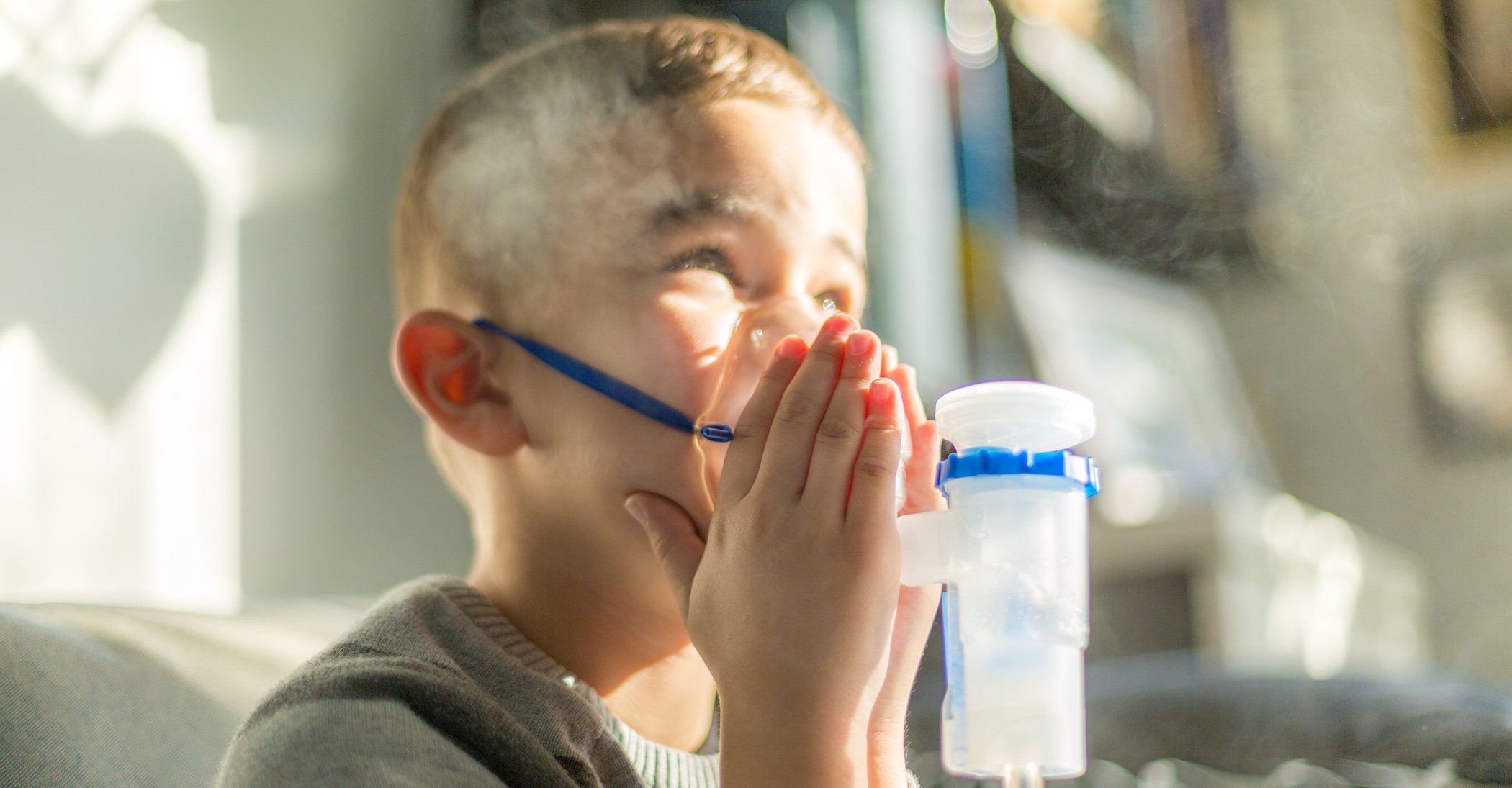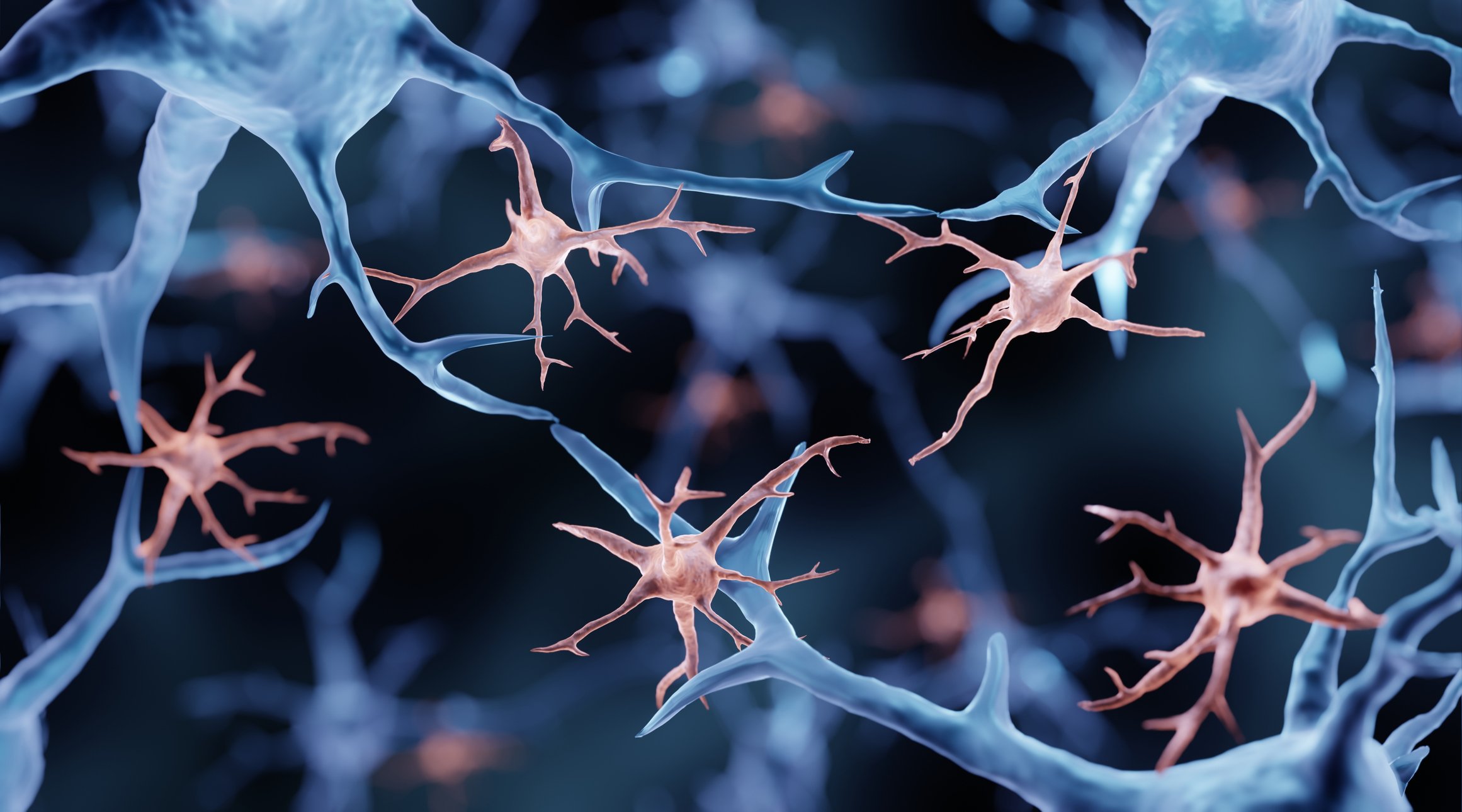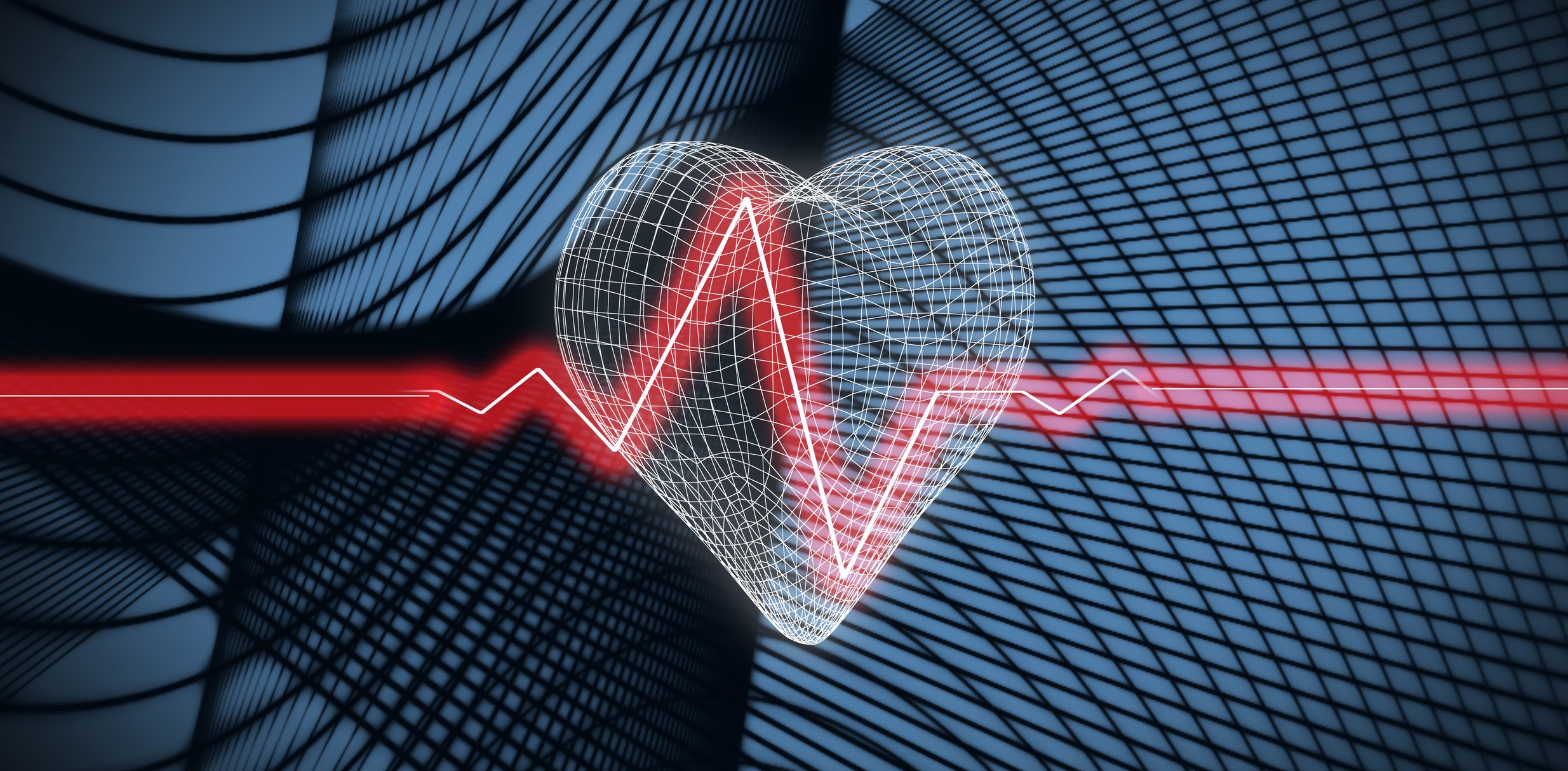Prof. Edith Holsboer-Trachsler, MD, Basel, gave an overview of the 2016 update of recommendations for the somatic treatment of unipolar depressive disorders and presented the first Swiss treatment recommendations on burnout.
Remission (no residual symptoms, complete cure) is considered the primary treatment goal for unipolar depressive disorder, as it was in 2010 – this has not changed since then. However, the success rates are sobering: 50% non-adherence in acute therapy, and in the maintenance therapy phase up to 70% of patients do not follow physician recommendations [4,7]. Prof. Holsboer-Trachsler identified one of the causes in the lack of eye level between patient and physician. Patients have a different concept of disease, and the treating physician is unable to achieve a sustained commitment from the patient to the agreed treatment. The aim is – based on the patient education approach explained in detail in the recommendations [1,2] – to bring about a participatory decision as an important prerequisite for an improved participation rate.
A new addition to the recommendations is the ABCB1-Gentest®, which provides information on whether an antidepressant has a chance of efficacy (Fig. 1). This genetic test costs approximately CHF 200 and is recommended prior to drug discontinuation and in cases of partial or non-response to medication at an adequate dosage after two to four weeks of treatment. Partial response is present in 26-49% decrease in severity of overall depressive symptomatology, non-response in ≤ 25%.
In Switzerland, the ABCB1-Gentest® is currently performed by Labor Viollier (www.viollier.ch) and labor team w AG (www.team-w.ch) (see www.abcb1-test.ch).

Personalized therapy
The ABCB1 gene influences the penetration of certain substances into the brain at the so-called blood-brain barrier. This is a physiological barrier between the blood circulation and the brain tissue. The “guardian molecule” (P-glycoprotein/P-gp) is encoded by the ABCB1 gene and protects the brain, among other things, against the intrusion of protein molecules circulating in the blood and foreign substances. This mechanism also affects antidepressant substrates.
There are two gene variants about which a test provides information: Variant 1 allows an easier passage, variant 2 a reduced passage [8,12]. Advantages of this test are that it only needs to be performed once in a lifetime and allows more effective treatments with fewer side effects and higher remission rates [9,10,12].
The recommendations include a list of antidepressants, their mechanisms of action, and standard doses. New additions to the update include St. John’s wort preparations, also for maintenance therapy, and the serotonin reuptake inhibitor vortioxetine. The updated recommendations do not provide any further guidance on how to determine the right drug for treatment – the diagnosis-oriented criteria are not evident enough, Prof. Holsboer-Trachsler said. She provided a concise overview for consideration in this regard (Tab. 1), but also referred to the physician’s respective expertise based on his or her own experience and assessment of the individual patient.

The treatment recommendation after ABCB1 typing provides two options for gene variant 2 (reduced drug passage): increased dosage of a P-gp substrate or use of a P-gp non-substrate in standard dose (Tab.2). In principle, Prof. Holsboer-Trachsler recommended lower doses than standard doses for treatment under the condition of gene variant 1 – i.e. with facilitated passage – in order to keep side effects as low as possible. Early escalation strategies should be developed at higher doses from standard dose in case of decreased passage.

Recommendations on the topic of burnout
In the second part of her presentation, Prof. Holsboer-Trachsler introduced the therapy recommendations of the Swiss Expert Network Burnout (SEB) with the collaboration of the SGAD [5,6] and started with a clarification: Burnout is a state of total exhaustion (ICD-10: Z 73.0), but not a disease category. It is a common self-diagnosis by patients. Diagnostic guidelines do not exist. Burnout describes a stress-associated process “that can lead to psychiatric and somatic sequelae if persistent stress levels become chronic” [6].
For the therapy of burnout with milder symptoms without depression, relaxation methods, stress management strategies, mindfulness exercises, phytotherapeutics, psychotherapies and coaching as well as, above all, sports and social contacts are recommended – often accompanied by work psychology interventions.
In the case of severe symptoms with depression, psychiatric-antidepressive interventions are effective according to Swiss treatment recommendations, up to and including inpatient treatment if necessary. Customized return-to-work strategies, coaching and other treatment options are tailored to the individual patient – depending on the patient’s inclination and response to the various services offered.
Stress-related symptoms are often suppressed in the early stages by patients and in the work environment. It is important that behaviors that indicate burnout are addressed early. This is the only way to prevent more serious consequences of a long-lasting burnout process.
Literature:
- Holsboer-Trachsler E, et al: Recommendations. The somatic treatment of unipolar depressive disorders. 1st part. Switzerland Med Forum 2010; 10 (46): 802-809.
- Holsboer-Trachsler E, et al: Recommendations. The somatic treatment of unipolar depressive disorders. 2nd part. Switzerland Med Forum 2010; 10 (47): 818-822.
- Holsboer-Trachsler E, et al: The somatic treatment of unipolar depressive disorders: Update 2016, part 1. Switzerland Med Forum 2016; 16(35): 716-724.
- Holsboer-Trachsler E, et al: The somatic treatment of unipolar depressive disorders: Update 2016, part 2. Switzerland Med Forum 2016; 16(36): 739-743.
- Hochstrasser B, et al: Therapy recommendations of the Swiss Expert Network Burnout (SEB), part 1. Switzerland Med Forum 2016; 16(25): 538-541.
- Hochstrasser B, et al: Therapy recommendations of the Swiss Expert Network Burnout (SEB), part 2. Switzerland Med Forum 2016; 16 (26-27): 561-566.
- Kupfer DJ: Long-term treatment of depression. J Clin Psychiatry 1991; 52 (Suppl): 28-34.
- http://abcb1-test.ch
- Breitenstein B, et al: The clinical application of ABCB1 genotyping in antidepressant treatment: a pilot study. CNS Spectr 2014 Apr; 19(2): 165-175. doi: 10.1017/S1092852913000436. Epub 2013 Jul 23.
- Uhr M, et al: Polymorphisms in the drug transporter gene ABCB1 predict antidepressant treatment response in depression. Neuron 2008 Jan 24; 57(2): 203-209. doi: 10.1016/j.neuron.2007.11.017.
- S3 Guideline/National Health Care Guideline “Unipolar Depression” of the German Society for Psychiatry, Psychotherapy and Neurology (DGPPN). 2nd edition, version 1, November 2015 (www.versorgungsleitlinien.de).
- Holsboer F, et al: The ABCB1 test to optimize antidepressant therapy. InFo NEUROLOGY & PSYCHIATRY 2016; 14(6): 36-39.
Source: 8th SGAD Symposium, April 6, 2017, Zurich
InFo NEUROLOGY & PSYCHIATRY 2017; 15(3): 38-40.












